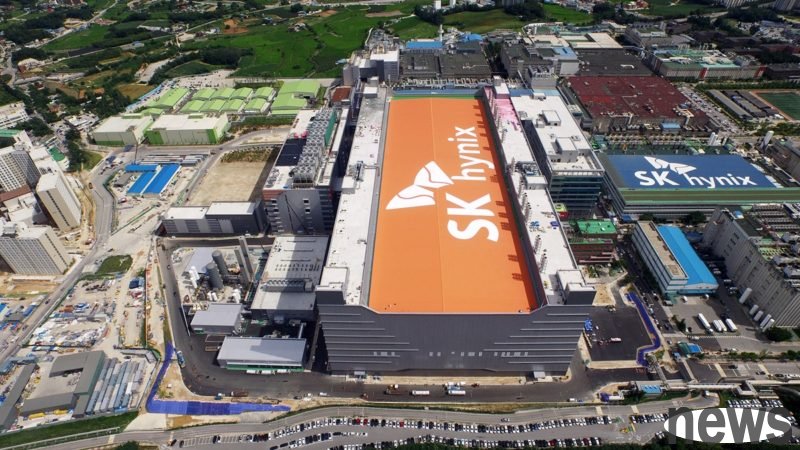According to foreign media reports, SK Hynix recently once again gained a leading position in the high-frequency wide memory (HBM) market, becoming the first manufacturer to supply the next-generation HBM4 module to NVIDIA (NVIDIA). These memories w...

According to foreign media reports, SK Hynix recently once again gained a leading position in the high-frequency wide memory (HBM) market, becoming the first manufacturer to supply the next-generation HBM4 module to NVIDIA (NVIDIA). These memories will be used for NVIDIA's Rubin AI GPU sample tests. This represents SK Hynix's continued dominant position in the HBM field and is emerging in competition with Micron and Samsung.
SK Hynix responded to this news on the 20th:
In March this year, the company announced that it would provide 12-layer HBM4 samples and complete production preparations within the year, with no changes in the plan.Wccftech reports that it is expected that HBM4 will play a crucial role in the future AI market. Among them, one of its innovations is the first time integrating memory and logical components into a single package, which further improves the processing capabilities and efficiency of AI work execution. SK Hynix not only takes the lead in supplying, but has also publicly demonstrated the significant progress of its HBM4 technology, including the world's first 16-layer stacked HBM4 technology, which has achieved a frequency width of up to 2.0 TB/s, which is important for AI applications that handle large amounts of data. In addition, it also integrates the logical chip of the crystal foundry Longtou Tinel, which can bring higher performance and efficiency.
In addition to the 16-layer HBM4, SK Hynix has also begun to provide the world's first 12-layer HBM4 samples, which also have a memory capacity of up to 36 GB and a data transfer rate of 2 TB/s, further strengthening its leading position in the HBM4 technology field.
According to reports from Korean media DealSite, SK Hynix has begun supplying HBM4 to NVIDIA in small quantities, which represents the first time the technology has been officially adopted. With SK Hynix becoming a high-quality supplier to NVIDIA, it is expected to earn most of the HBM4 orders, which will have an important impact on its operations.
The report pointed out that the close cooperation between SK Hynix and NVIDIA has become the key to the future AI market. Because SK Hynix enables NVIDIA to launch its Rubin AI GPU architecture as planned in the fourth quarter of 2025. NVIDIA can maintain a product release cycle for about six months. This situation with SK Hynix as a reliable supplier will help NVIDIA meet market demand and ensure the smooth launch of Rubin GPUs.
Reports emphasize that although SK Hynix currently occupies the leading position, the competition in the HBM4 market is still fierce, and Micron and Samsung are still chasing each other actively. In Micron's part, the market sees it as a competitor only to SK Hynix. However, Micron is currently facing the challenge of lower yields of HBM4 and has problems with allocating production lines to this process, which limits its production size and speed.
And the memory dragon Samsung has also made progress in HBM4, but its yield is still unknown. Despite this, Samsung's recent brand image has improved due to its HBM3E module being adopted by AMD, which may make it more focused in the HBM market. Due to the improvement of brand image, Samsung is expected to be included in NVIDIA's HBM4 supplier and has achieved NVIDIA's multi-source purchasing strategy, just like NVIDIA's approach on HBM3. In particular, Samsung is redesigning its 1c process DRAM to improve yields, which will directly affect the performance and market competitiveness of its HBM4 products.
With the HBM4 memory supplied by SK Hynix in place, NVIDIA's Rubin GPU architecture is accelerating its launch in the fourth quarter of 2025. This launch will further strengthen NVIDIA's leading position in the AI chip market. NVIDIA's next-generation Rubin AI architecture is expected to be launched in the second half of 2025, which will have a significant impact on the market competition landscape and promote further improvements in AI computing capabilities.